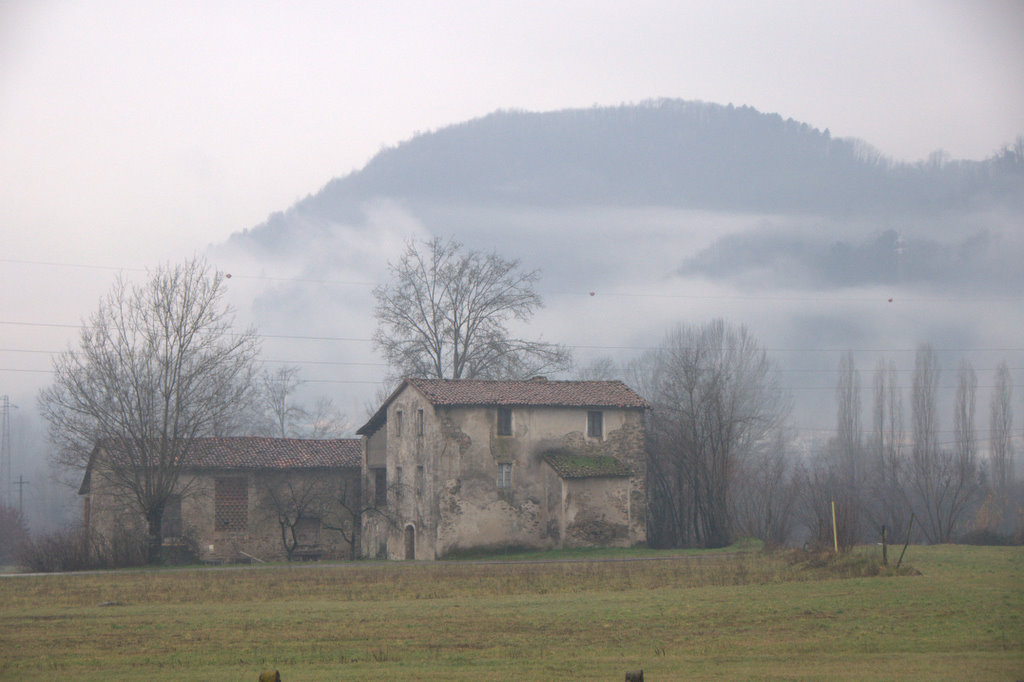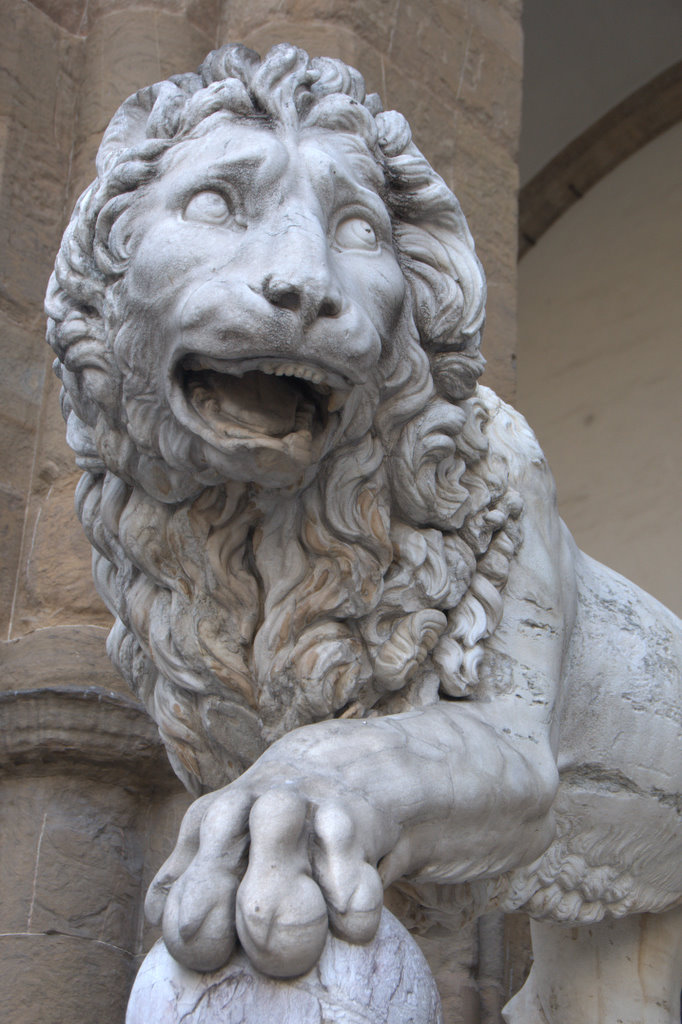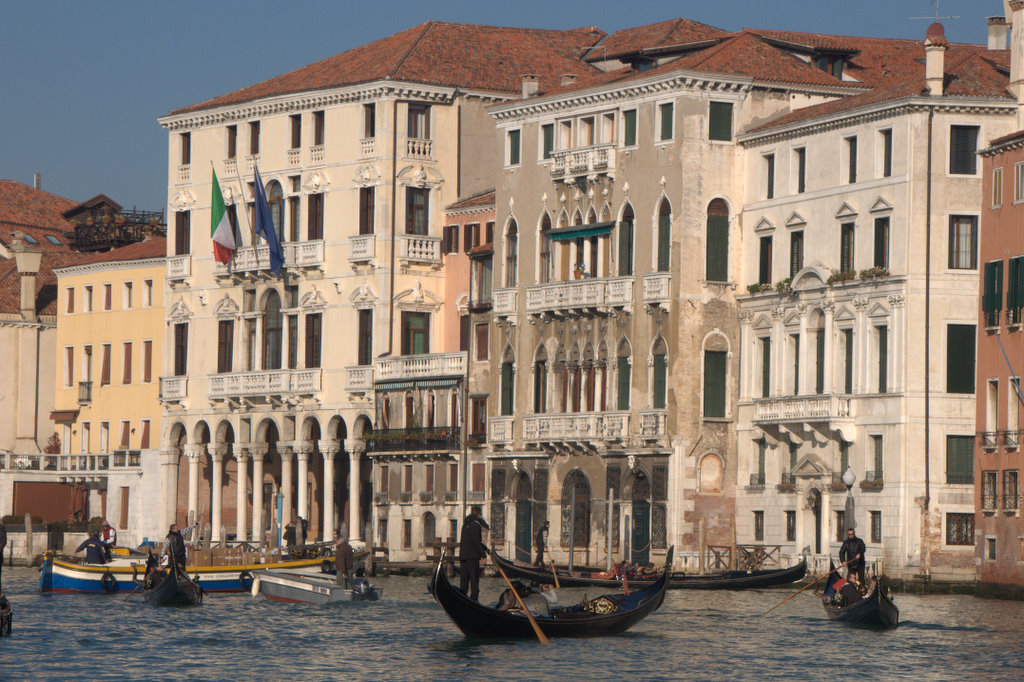Getting A Taste Of Taiwan
We are currently on a train from Taipei, Taiwan, to the small city of Hualien, our next destination here in the country. A marble-walled canyon, Taroka Gorge, and a couple days of hiking around a national park wait for us. We are now in our third day in Taiwan, which is remarkably different than Nepal.
Our journey here was pretty interesting. Arriving in midday at Kathmandu's airport, we expected a fairly easy admission through security and customs. After all, there isn't so much technology; this is a country that, in the winter when the rivers run low, cities have no electricity for up to 14 hours daily. What the airport lacked in electronic check-in kiosks and scatter pattern scanners, they made up for with multiple levels of security. I was patted down no less than five times. At each stage in entering the airport, there would be a metal detector and someone to grope each person passing through; even the lines to customs and out the door to the tarmac were separated for "Gents" and "Lady" so we could get another patdown. We emptied our water bottles early, then refilled them in the terminal at a water stand, thinking wrongly that we were in the clear. Out on the tarmac, at the foot of the stairs to the plane, we had our carry-on bags searched (again), and they made us dump the water we had just put in the bottles. Then they patted us down again.
Three flights and twenty-some hours later, we arrived into the main train station in Taipei. It is a sleek, bustling place, as it is also the main bus station and a stop for two metro lines. Immediately it was clear that we were not still in Nepal, the technology of the train station alone rivals if not surpasses that of San Francisco or Denver. It took us a bit to figure out where the ticket dispensers were for the metro, called the MRT, because they were similar except in color to those of the high speed rail (HSR); fortunately all of the signs and even the ticket machines were helpfully in English. We soon found ourselves on a very clean, extremely efficient metro that had us to our hostel within fifteen minutes. Since the public transportation in the US that I am most familiar with is that of San Francisco, naturally I found myself making comparisons, and once again SF came up failing, with its nonchalant attitude towards punctuality and its frequent colorful characters (drunks and crackheads).
Our first hostel was hardly that; it was basically a hotel room in an apartment building, in a hallway with doors that obviously had permanent occupants. There wasn't a reception or any common room as one might expect from a hostel, but on the other hand, it was very clean, bright, and not only had excellent WiFi but hot showers. Ah, the glory of a hot shower, especially after two weeks of going without. As I stepped into the stream of water, I still winced in anticipation of the icy bite of glacially heated shower; old habits die hard, I guess. We cleaned up a bit and set out for some lunch. Just around the corner was what looked like a noodle shop, so we entered and found ourselves introduced to Taiwan's answer to Japan's hot pot, the shuba shuba.
Basically, you sit at a counter or table, where you will have the standard pan of water and some sort of heater. This particular restaurant had holes in the countertop inside which a gas burner sat; the pan fit into the hole and was thus heated. At another restaurant they brought out a small gas burner to our tables, but it was the same concept. You get this big plate of food items to put into the water, either all together (probably the right way) or individually (the way we did it). There was thinly sliced meat, shrimp, mushrooms, vegetables, noodles, various dumplings, tofu, and a variety of lumpy items of mysterious origins. Some of it, like the taro root, had to cook for awhile, while other items, like shrimp, were done quickly. There are several dipping sauces as well, though we didn't figure that out until the next day when we ate it again for lunch. I guess the Western comparison might be fondu, but shuba shuba is delicious enough to stand as its own kind of food.
Taiwan is known as foodie's heaven, for good reason. Our evening that first day was spent at the Shilin night market, which conveniently happened to be a few blocks away from our hostel. There we found a menagerie of all sorts of exotic foods; I started with venison on a stick, and ate my way through a huge pork dumpling, a butter roll, a chicken lettuce wrap, and a hockey puck-shaped custard-filled wheel cake, before the finale of candied strawberries (think of candied apples, but with strawberries on a stick). There was plenty more to eat as well, such as pretty much anything that can be out on a stick and grilled, most impressively including a two-foot long squid. There were shrimp and lettuce cones, chicken ovaries, cherry tomatoes inserted with a chunk of fish and then candied, and tons of sliced fruit. I stuck with what seemed least likely to cause GI upset later on. We wandered around for a couple of hours in the huge crowded market, which the food section was really only a small part of. There were loads of clothing stores, electronic shops, restaurants, and multitudes of other capitalism-confirming businesses.
We ended up moving to another hostel yesterday morning, as our first one was full that night; this hostel was more of a traditional youth hostel, with bunks, a common room, and a kitchen that served fruit and slices of bread for breakfast. We got situated in our room, then headed out to explore the city. Our vague goal was to head south to a park that contained the National Theater and the National Opera House, as well as a massive monument building to the late Dr. Sun, of whom I am sure is very important to Taiwanese history but for reasons that I have been far too lazy to read about. Maybe later. We asked the girl at the hostel if we could just walk to the park, which seemed to quite shock her; it was a good half hour walk, which she assured us was much too far of a distance. I guess some Taiwanese are proud of their metro system to a fault. We opted to walk.
I need to quickly interrupt myself here: our train is cruising along the shoreline now, which is a jumble of black rocks and crashing waves. Fishermen are casting into the surf, and islands are small across the foggy waterway. On the other side of the train are the densely vegetated sides of steep hills, opening into valleys that the train follows to reach towns surrounded by water-filled rice paddies and palm trees. It is an overcast day here, and the hills surrounding are shrouded in misty clouds. We are obviously in a tropical place, because although it is probably 65F outside, our fellow passengers are wrapped in their winter coats.
So, yesterday afternoon we found ourselves ambling along busy roads past tall apartment buildings and high rise business complexes. We found a smaller park just south of the main train station called the Peace Park, in which was a small group of pagodas and some nice pools. There, a Taiwanese man decided we looked perplexed enough about our surroundings and launched into a description long enough I thought I might have to give him a guiding tip. He even described to us some of the superstitions that the park was known for, such as with the number 9 (it is somewhat associated with death, apparently, and so when some people have a nine in their age, such as 49, they will instead tell people they are 50). His voluntary guiding services were part of a trend that we had noticed very quickly, that the Taiwanese people are a very friendly group.
At some point, we did reach our targeted park, which did indeed have the aforementioned buildings, all three of which were large and ornate pagoda style structures. We wandered around the grounds for a bit, watching groups of high school students rehearsing for some sort of dance competition, including one group of boys enthusiastically practicing a routine set to It's Raining Men. Our walk had tired us out a bit after all, or perhaps jet lag was still lingering, so we looked for a nearby coffee shop. We located a Starbucks but couldn't bring ourselves to go inside, so we found a Taiwanese knock-off and had coffee there instead.
Then, randomly, we took a long metro ride to northern side of the city, to find Jolly's Microbrewery and Restaurant, which might be Taiwan's only microbrewery, or at least one of the few of them. Jess enjoyed their seasonal beer of local flair, a passionfruit wietbier, while I was quite impressed by their pale ale and the tasty Scottish style brew. The staff seemed surprised that we had found the place and asked us where we were from, if we were staying in the neighborhood, how we had come from the center, and more to the point, how we'd heard about them. They were impressed to find that we would search them out, even though the place had clearly been styled on the American-style microbrewing culture. We had a few pints and then headed back to the center.
By this point it was long past dark. We decided to finish our day by visiting another night market. There are many such markets in Taipei, and one happened to be near our new hostel, so we went looking for it. It took more of an effort to find it than the massive and brightly lit Shilin market, as it was really just a single street of one block. It was mostly dedicated to food stands, but in another difference from the Shilin market, this one was not trying to be bright and shiny and moderate; these foods made those at Shilin seem benign. One thing can be said about Asian cultures: they don't let anything go to waste. There was plenty of pork intestines (some looking disturbingly close to a mysterious item I'd eaten with my shuba shuba lunch), and they didn't just have the chicken ovaries but also the other organs and the feet as well. It was a bit more exotic than we had wanted, so we went the safe route and had a noodle and meat bowl. Still, being at such a market made us feel more adventurous than is usually recommended, so we couldn't just go with the safe foods. We played a bit with fire and ate some dragonfruit, which is quite safe except we bought a bag of it that had been sliced (not a great idea in a street market) and had been dyed a mysterious purple (dragonfruit has a boring white meat, which they apparently felt needed some razzle-dazzle). Not feeling complete, I decided I needed to try out a duck head. If you've ever been to a Chinatown, you'll know what I'm talking about. There are always the ubiquitous duck stores with the whole roast duck hanging in the window; well, this was just the head. I wasn't sure how they would serve it, so it was with some anxiety that I ordered the head. They ended up tossing it into oil and deep frying it; I had them toss in some square bread/tofu/intestine looking items out of pure abandon. Jess and I retreated to a quiet side street to try out the head, just in case I had a violent reaction to it so that I wouldn't insult anyone. To my great surprise, I actually really liked the head. I mean, the eyeballs weren't great and I had to pass on the brain, but the meat was pretty good, and I felt sad that I hadn't gotten a head with the neck still attached. Even the squares, which turned out to be dough, were decent.
Who would have thought that I would rather enjoy a deep-fried duck head?
Until next time, be safe.




























